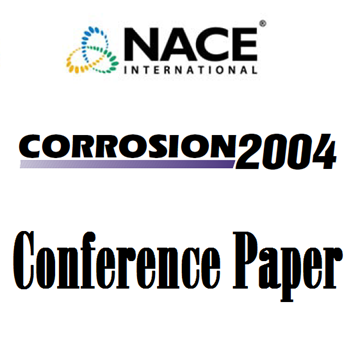Search
04228 Suitability of More Noble Materials for Tanks for Transport of Dangerous Goods
Also Purchased
04227 Understanding Corrosion Behavior from Electrochemical Measurements
Product Number:
51300-04227-SG
ISBN:
04227 2004 CP
$20.00
04226 Alloy 33: A Versatile Alloy for Concentrated Mineral Acid and Other Applications
Product Number:
51300-04226-SG
ISBN:
04226 2004 CP
$20.00
04224 Investigation Concerning the Application of the Weld Filler Metals FM 59 and FM 22 for Welding of Nickel Alloys of the C-Series (NiCrMo Alloys) in the Chemical Process Industry
Product Number:
51300-04224-SG
ISBN:
04224 2004 CP
Publication Date:
2004
$20.00




